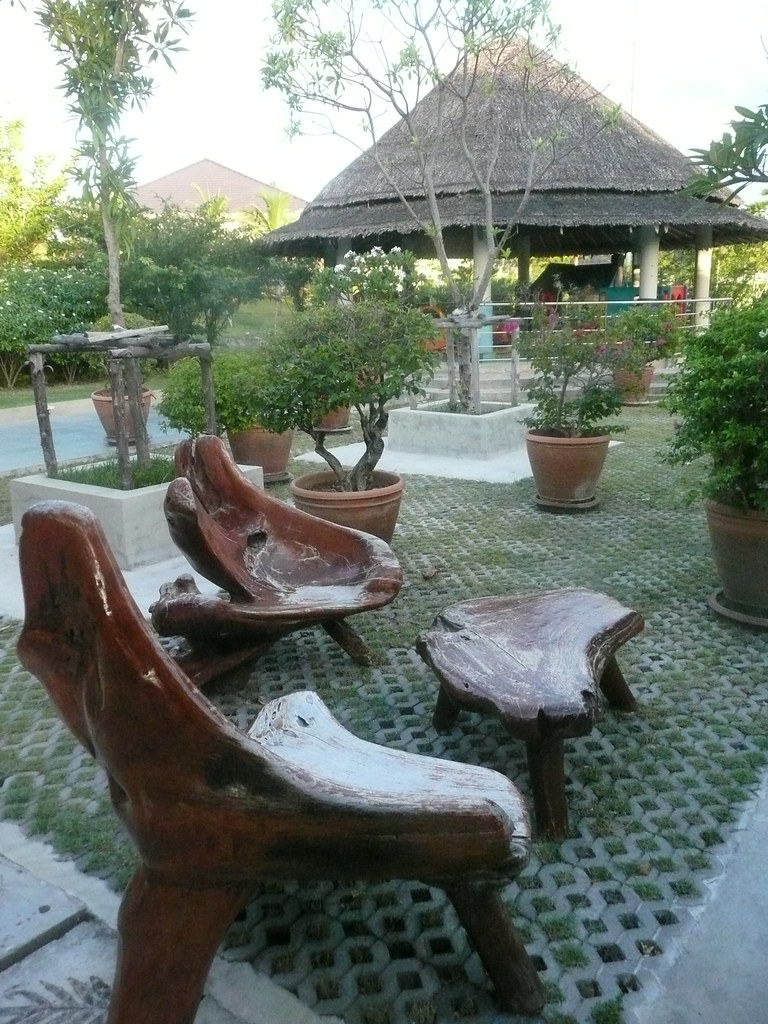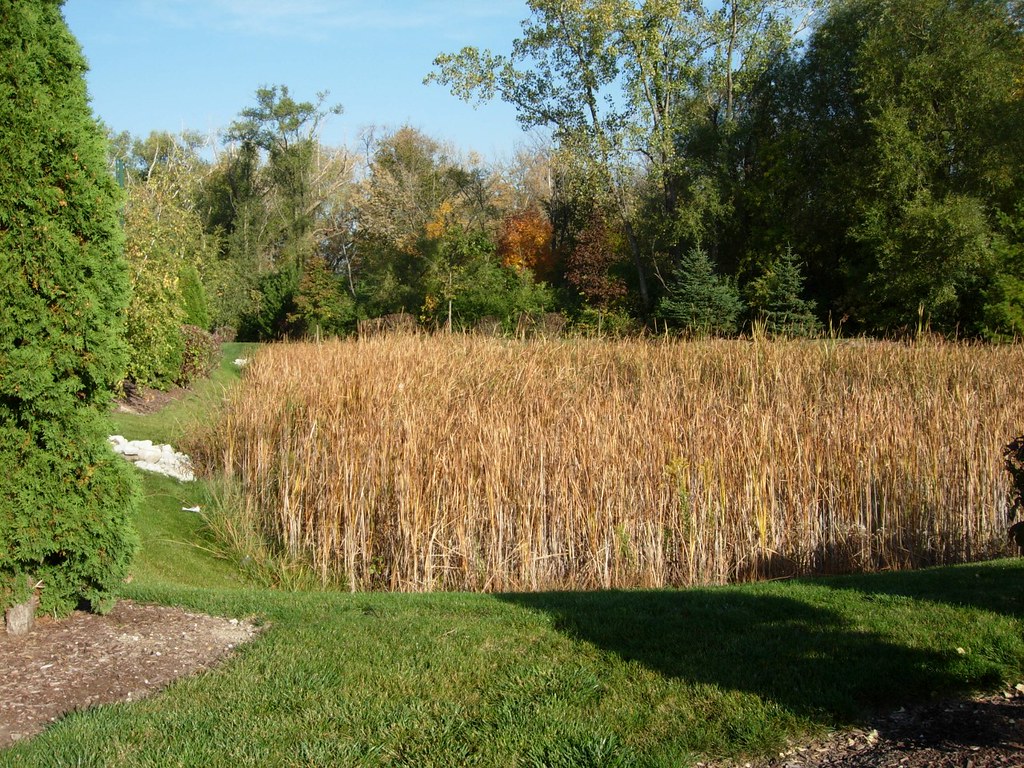Sustainable urban drainage systems (SuDs) offer a natural approach to managing drainage.
When vegetation and permeable surfaces are replaced by concrete, paving or roofed structures, less surface water is absorbed into the ground and more is directed to the surface water drains.
Instead of channelling surface water through a network of pipes to a watercourse, sustainable systems slow and hold back the water, allowing natural processes to break down pollutants, and release it in a more controlled way.
This reduces the impact of new and existing building developments on the surface water drainage, which in turn minimises the chances of flash flooding in extreme weather conditions.
SuDS techniques include
Green roofs (covered with vegetation)
 “Ogden Elementary School” by orijinal is licensed under CC BY 2.0
“Ogden Elementary School” by orijinal is licensed under CC BY 2.0
Permeable surfaces
 “P1150699” by avatarr8 (old) is licensed under CC BY 2.0
“P1150699” by avatarr8 (old) is licensed under CC BY 2.0
Infiltration trenches, filter drains and filter strips
 “Einstein Infiltration trench” by Montgomery County Planning Commission is licensed under CC BY-SA 2.0
“Einstein Infiltration trench” by Montgomery County Planning Commission is licensed under CC BY-SA 2.0
Swales – shallow drainage channels
 “BDEER_55thSt_SwaleAndInlet_2014_05_30” by Aaron Volkening is licensed under CC BY 2.0
“BDEER_55thSt_SwaleAndInlet_2014_05_30” by Aaron Volkening is licensed under CC BY 2.0
Detention basins, purpose-built ponds and wetlands
 “LoomisProfessional_detpond_Oct2012” by Aaron Volkening is licensed under CC BY 2.0
“LoomisProfessional_detpond_Oct2012” by Aaron Volkening is licensed under CC BY 2.0
Benefits of SuDS
- prevents water pollution
- slows down surface water run-off and reducing flood risk
- reduces the risk of sewer flooding during heavy rain
- recharges groundwater in areas prone to drought
- provides habitats for wildlife in urban areas
- creates green spaces in urban areas.

